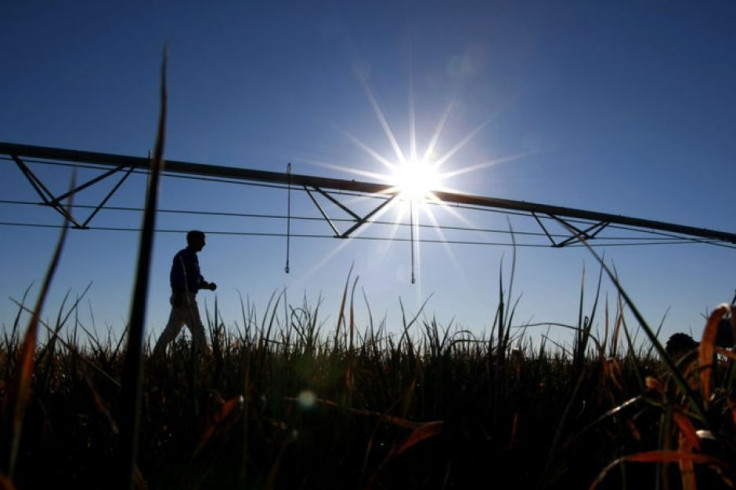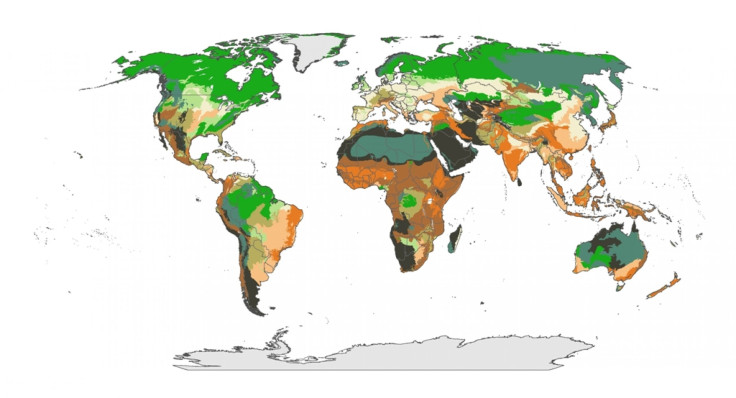Scientists Produce New World Map, Identifying Areas Most Susceptible To Climate Change

In a bid to funnel scarce resources to where they could do the most good, scientists from the Wildlife Conservation Society, or WCS, the University of Queensland and Stanford University have come up with a new color-coded world map that classifies the planet's countries based on how vulnerable they are to climate change.
The new world map, which is part of a study that appeared in a recent online version of the journal Nature Climate Change, shows that South and southeastern Asia, western and central Europe, eastern South America and southern Australia are the most vulnerable regions in the world. On the other hand, north and south-western Africa, northern Australia and southern South America are shown to be the least vulnerable regions in the world.
Scientists said that the new world map, which is created using data from the world’s ecosystems and predictions of how climate change will impact them, is expected to help governments, environmental agencies and donors identify regions that would be best served by investments in programs such as the creation of protected areas, restoration efforts and other conservation activities.

“We need to realize that climate change is going to impact ecosystems both directly and indirectly in a variety of ways, and we can’t keep on assuming that all adaptation actions are suitable everywhere,” James Watson, director of WCS’s Climate Change Program and lead author of the study, said in a statement.
According to Watson, funds for environmental activities are very limited, so authorities must be smart while investing in future adaptation strategies around the world.
“The analysis and map in this study is a means of bringing clarity to complicated decisions on where limited resources will do the most good,” Watson said.
The study said that ecosystems with highly intact vegetation and high relative climate stability are the best locations for future protected areas, as these regions have the best chance of retaining species. In contrast, ecosystems with low levels of vegetation and high relative climate stability could merit efforts at habitat restoration.
In addition, the study also argued that ecosystems with low levels of vegetation and low climate stability would be the areas most susceptible to climate change. These regions would require significant levels of investment to achieve the desired results from conservation efforts.
“Effective conservation strategies must anticipate not only how species and habitats will cope with future climate change, but how humans will respond to these challenges,” John Robinson, executive vice president for Conservation and Science, said in the statement.
© Copyright IBTimes 2024. All rights reserved.






















